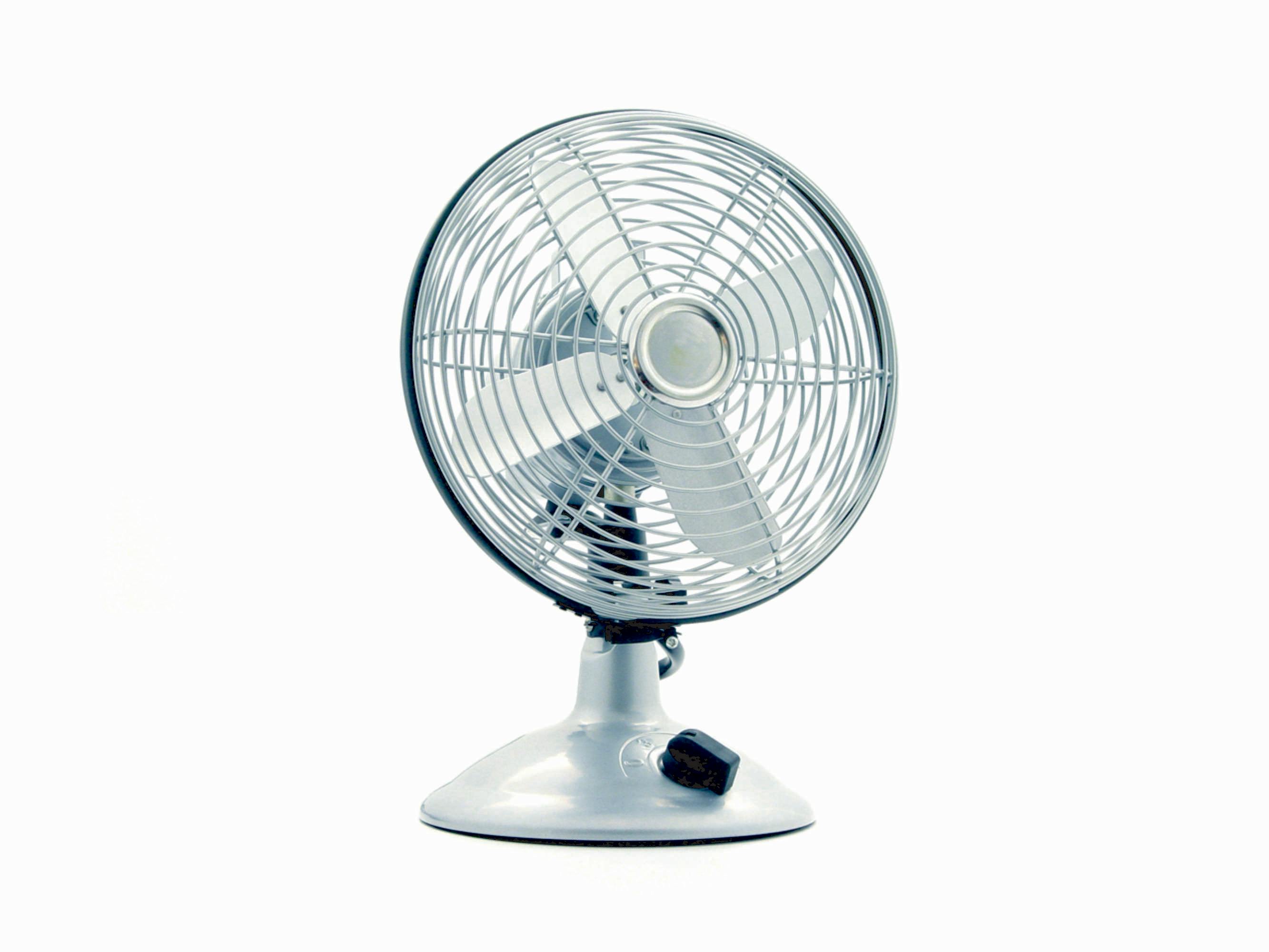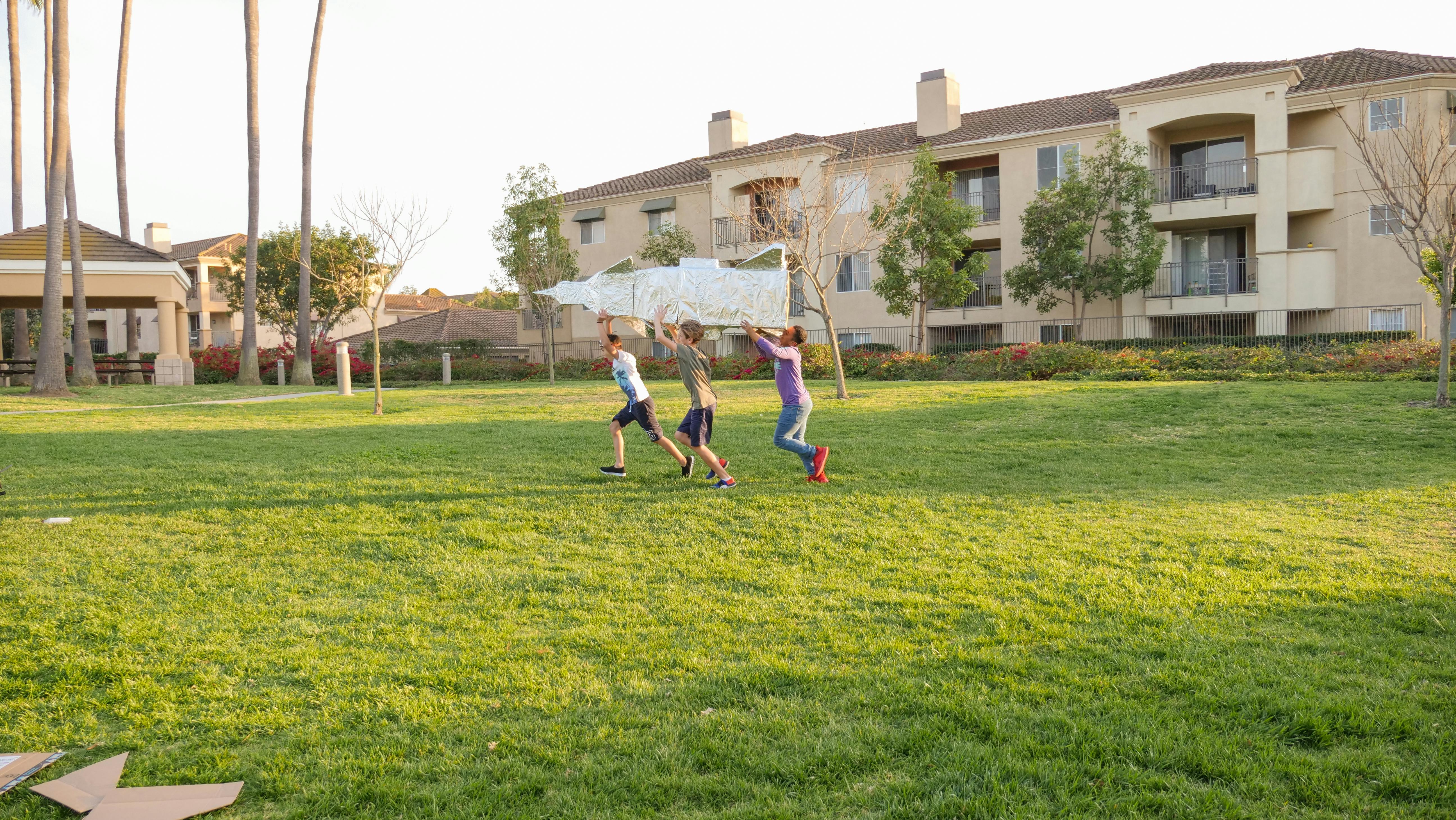
Reward your athlete for success
In athletics, the goal has always been to win; that’s the point of the game! Especially at the higher levels, collegiate and professional, a coach becomes easily frustrated when athletes are not performing. Lack of performance usually results in the short term losing the game and in the long term the coach losing his job. Athletes don’t perform for two main reasons: 1) not physically prepared or 2) not mentally prepared. The saying “it’s 90% mental 10% physical” is true. Coaches tend to stress the importance of practice, lifting weights, and staying fit, but what about the mental game? Can a coach mentally prepare his athletes before a competition and get more points in the win column?
William Cusick, author of All Customers Are Irrational, believes that a person’s decisions and actions start in the subconscious mind and are influenced by external factors. “Priming describes a phenomenon in which a person unconsciously reacts to an environment or stimulus that is inherently positive or negative” (Cusick, p. 88). The subconscious reduces decision making by gathering information from past experiences, patterns, and nonconscious stimuli (nonconscious priming). “Nonconscious readiness cues may be words, trait or category concepts, environmental or material objects” (Brechue, William. “Nonconscious Activation of Behavior and Performance; Classroom Readiness Success”). These preparation categories may not be useful for all athletes, but recognizing the potential influence and testing the results can have a positive impact on the team.
Brechue gives examples and investigated experiments for each priming technique.
Words: Individuals primed with the concept of politeness or rudeness were less or more likely to interrupt a conversation (Bargh, et al., 1996). Priming fairness significantly altered price negotiations and more cooperative bargaining strategies among individuals (Maxwell, et al., 1999).
Environmental: When shown an image of an upscale restaurant, people were primed to recognize words associated with well-mannered behavior. “Fancy restaurant” baiting also had an impact on behavior in that during a “feeding experiment” properly baited individuals spent more time cleaning and left their area cleaner than controls.
Trait/Behavior: The chameleon effect is the involuntary imitation of the expressions, actions, or movements of other individuals during social interactions. (Chartran and Bargh, 1999). In a social setting, an individual adopts the expressions and gestures of another individual. In an experimental setting, subjects constantly imitated the experimenter’s smile, foot movement, and body postures during various cooperative or discussion tasks. The impact on the social environment showed that the subjects perceived their interaction more positively when the person imitated the subject’s gestures and postures. Conversely, subjects reported negative experiences when the experimenter explicitly avoided imitating the subject’s expressions or movements.
Purpose: When asked to judge the interaction between two people based on a vague description, people were more likely to judge the interaction as cooperative or competitive depending on the presence of a backpack or briefcase. Business objects (briefcase, boardroom table, etc.) stimulated a competitive environment and behavior. On the contrary, the backpack represented a leisure object that led to greater cooperation. Interestingly, these observations indicated a similar response when exposed to the actual object or just an image of the object.
As a college coach, I feel like I can use these techniques to motivate my athletes to compete. In the past, the coaching staff has repeatedly emphasized softball’s physical skill work, which has contributed to greater success, but the team continues to struggle to stay mentally focused throughout the season. We’ve been known to start a game with little to no energy and turn down the heat if we fall behind on the scoreboard. I used to think it was a personal problem. The people on the team lacked the mental toughness, competitive drive, and passion to succeed, so those were the reasons that contributed to the failure. After researching the topic of preparation, I now realize that I have the power to influence my team in a positive and competitive direction. It is not a personal issue; It is a lack of mental preparation.
There are many opportunities throughout the season to prepare an athlete. The team locker room, bus rides for transportation, and days off between games provide plenty of time to subtly prepare the players. This spring season, I want to experience my athletes by watching an uplifting and motivational movie on the bus or in their hotel room the day before a game, controlling the mood of our playing field by playing upbeat, high-energy music on game day, game, and post softball-related and non-softball images depicting competing, attacking, winning, positivity, and excellence in the locker room, as well as on the door of the charter bus. With all of the current and past data, I am confident that preparing the Western Carolina softball team will prepare them mentally on the field and result in a winning 2016 season.



